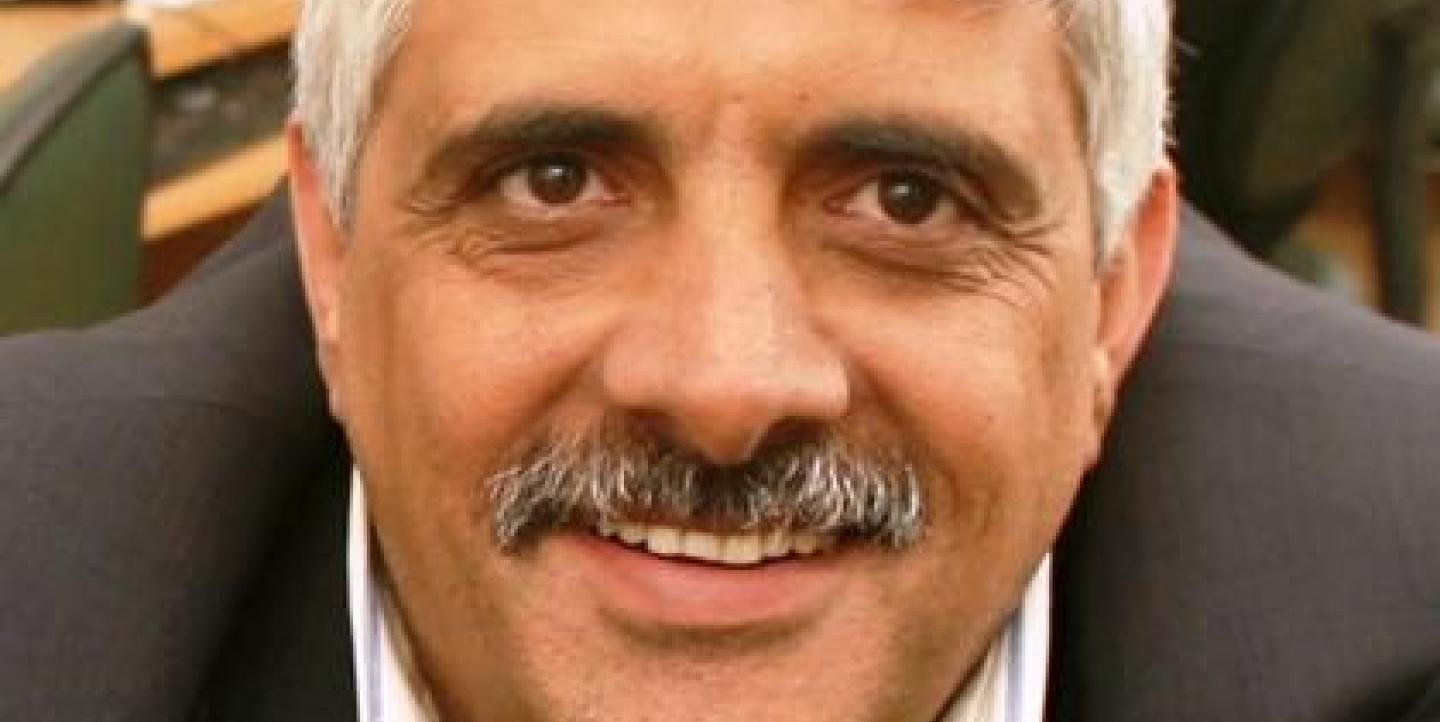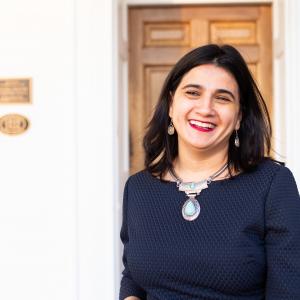The Arab revolutions freed radio airwaves from government control.
A new program supporting community-supported radio was recently launched at the World Association of Community and Radio Broadcasters (AMARC) conference in Tunisia.
Called Aswatona, which means "our voices" in Arabic, it will establish seven community radio stations in Tunisia, Libya, the Palestinian Territories, Egypt and Yemen.
Aswatona is run by Amman-based nonprofit Community Media Network, which also manages Radio al Balad and AmmanNet. The program, funded by the Swedish International Development Cooperation Agency (SIDA) will also include workshops, an annual conference and the creation of online resources and forums on www.aswatona.org, under construction at this writing.
Daoud Kuttab, director general of Community Media Network, talked to IJNet about the program, its importance and long-term sustainability for the project.
IJNet: How relevant is community radio in a world where social media are becoming increasingly important?
Daoud Kuttab: The two are not mutually exclusive. It's hard to use social media in rural areas and in areas without Internet access. It's also impossible to use social media while you drive. Community radio and social media complement each other.
IJNet: Has the Arab Spring changed the role or the importance of community radio?
D.K: The Arab spring broke decades-old monopolies in the Arab world. Radio monopolies by governments or business people in bed with governments has finally been broken now, and the average person has discovered that radio frequencies are a national treasure that people have a right to.
IJNet: How do these community radio stations plan to incorporate social media and technology in their broadcasts?
D.K: Social media and community media have many things in common; they both empower the person/citizen. In this aspect, social media can help identify areas for community media to focus on and can also promote community radio. On the other hand, community radio can illuminate trends present on social media and can benefit from the knowledge base of social media.
We will use all manners of using the technology. We will also be uploading content on satellite as well. Our goal is to be able to broadcast on FM, but we will use all manner of technological deliveries to send content to users including live streaming, podcasting and audio sharing.
IJNet: A number of media projects have launched since the beginning of the Arab Spring. What makes Aswatona unique?
DK: Aswatona benefits from the relative chaos and decentralization that has resulted from the weakening of central powers to recapture airwaves that have so far been the exclusive [domain] of dictators and centralized governments, many of whom came to power by overtaking radio stations and then turning them into fortresses.
IJNet:How are you going to guarantee the sustainability of the project after the funding ends?
D.K: We are keen on the need for the project to be based on the model of local civil societies with a strong local component and large dependence on volunteers. Once equipment and transmitters are provided, the operating costs will be low.
In any case, we plan to begin in the second year of this three-year project training for local leaders of these projects to educate them on ways to keep community radio stations sustainable through a variety of ways.
Photo: Daoud Kuttab. Copyright: www.daoudkuttab.com


